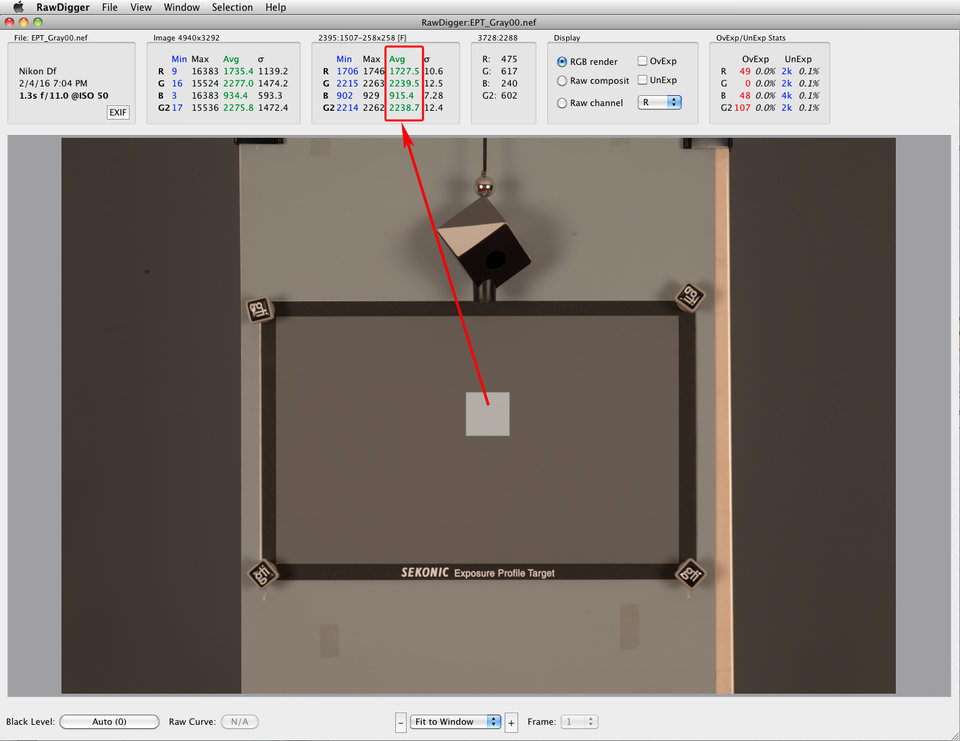

Pushing the Exposure slider 2 stops up on an already bright image, then switching from Develop Persona to Photo Persona.Using the Develop Assistant to change Raw Output Format to “RGB (32bit HDR)” and Tone Curve to “Take No Action”.Maybe you’ve noticed a thing or two, I might have missed.Could you provide some more details about your workflow with Affinity Photo? I’ve done some testing after reading your post, and by Once again I’d like to ask you to give me feedback. The noise of the medium gray tones may be a bit more pronounced, but the bright grain in the darker image areas, which is clearly more annoying, is gone. I can’t explain how SPP manages to make the noise in all three color channels so low. Concerning noise performance the difference between the blue and the red and green channels is gigantic.If you increase the sensitivity level from ISO3200 to ISO6400, the noise will increase disproportionately.However, luminance noise reduction in LR is powerless against this kind of noise. If you could reduce this noise without losing any sharpness, the images developed with RawDigger/LR would look better than the ones developed in SPP. In the image areas that are particularly dark you will notice very bright grain which reminds a bit of the noise in long-exposure photographs taken without dark-frame subtraction.Subjectively speaking, the difference is about half a stop. The noise in the TIFF files exported via RawDigger with the image information taken from the blue layer is definitely less pronounced in the medium gray tones.Using RawDigger I exported all the three color channels of the images taken with ISO6400 as TIFF files only to show you the differences in noise performance of each color layer.īased on the images and crops you can draw the following conclusions: The photo taken with ISO1600 looked like this after I’d opened it in LR – below you can see the settings I applied:Īnd now I’d like to show you the crops of the pictures I developed in RawDigger/Lightroom (left) and in SPP (right): This fact requires using the above-mentioned sliders to adjust the images to the ones from SPP.
PROFESSIONAL RAWDIGGER ISO
Anyway, the TIFFs created by RawDigger look veeeery dark – and even darker with at higher ISO settings – once you open them in Lightroom. All the other sensitivity levels are “simulated” by shorter/longer exposure times and by brightening/darkening the images afterwards. Basically it knows only one sensitivity level which is ISO300 (perhaps it’s even ISO250, hard to say). The reason for this is that the Quattro Foveon is a so-called ISO-less sensor. Next, I imported these TIFF files into Lightroom where I had to play very long with the sliders for exposure, shadow and whites in the “basic settings” mode.

Then I loaded the same three images in RawDigger, extracted each picture’s blue layer and saved them as TIFF files. First I developed three High-ISO X3Fs of the DP2 Quattro (ISO1600, 32) using the configurations below in SPP’s black-and-white mode.

But first I’d like to focus on the corresponding workflows. You can take a look at the full-resolution images developed in SPP and RawDigger/Lightroom on Flickr. RawDigger has a feature that makes it very interesting: it’s able to extract single color channels from RAWs and X3Fs and save these as TIFF files. After testing several applications, I got closest to the desired result with RawDigger. For this reason I’ve been looking for a blue channel trick for Quattro cameras in the past few days. I’m one of those who see a chance in every challenge – in this case a chance in learning something new. At the moment it’s not clear whether that’s because of a sensor or an SPP limitation. Unfortunately, the “blue channel trick” can’t be applied to X3F files of Quattro cameras. On three-layer Foveon sensors you can find the “blue layer” (actually it detects much more than just the blue light component) right on top, on the side facing the lens thus it can absorb most of the light and therefore it has the best signal-to-noise ratio. This setting tells the converter to only use the image information from the blue channel – often called blue layer – during the conversion to black-and-white. However, all this will only work if you convert the images to black-and-white. The only thing you’ve got to do is to click the color circle on the outer edge of the blue area in the black-and-white mode of the converter – in the color mixer tool, to be precise – so that B 100% appears on the display. The “trick” is actually not a trick as you use the tools that are included in SPP anyway and that you can find easily.
PROFESSIONAL RAWDIGGER PRO
The “ blue channel trick“ is a workflow in Sigma Photo Pro (SPP) that clearly increases the usable sensitivity range of Merrill Foveon sensors.


 0 kommentar(er)
0 kommentar(er)
